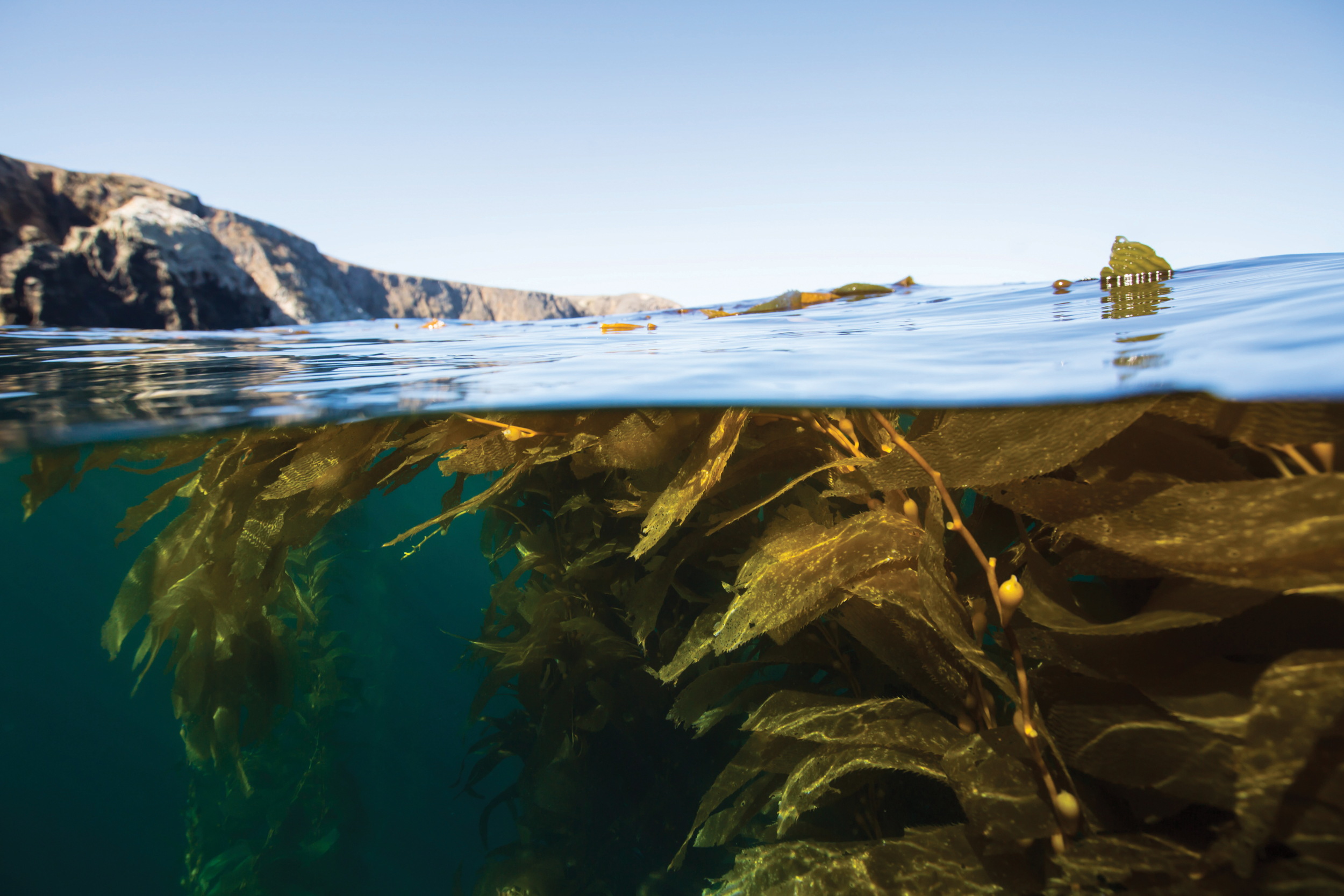Sea to Soil
Vancouver Islanders enjoy year-round gardening with our mild, wet weather and plant-hardy microclimates (primarily Zones 7 and 8, with some Zone 9). But there is another coastal benefit: access to organic, sustainable (and free!) soil solutions.
For centuries, coastal inhabitants have used seaweed as mulch, fertilizer or compost to naturally nourish their gardens for healthier plants, reduced water usage, natural pest and disease control and larger, more abundant blooms and fruit.
The cold, nutrient-rich Pacific waters are home to about 600 species of seaweed (the generic name for a variety of ocean plants including algae, eelgrass, kelp and rockweed), which contain 10 times the mineral levels of land-based plants, including iodine, calcium, magnesium, potassium, zinc, iron and nitrogen.
More importantly, seaweed contains growth hormones that stimulate cell division for overall plant growth including larger root structures and a stronger immune system.
Sustainable Seaweed Harvesting
Seaweed provides habitats for juvenile fish, invertebrates and algae, so it is important to consider sustainability and environmental balance when harvesting.
Check your local bylaws regarding seaweed harvesting, and follow these tips to help maintain sustainability and a healthy ecosystem:
- The Ministry of Forests, Lands, Natural Resource Operations and Rural Development restricts harvesting for personal use to 100 kilograms and permits hand harvesting only (no rakes).
- Collect only beach-cast seaweeds between mid-beach and the high-tide line.
- Collect a variety of types to maximize nutrient diversity and minimize impact.
- Don’t pick just from one spot; instead, pick small amounts spread over a large area.
- Don’t pick at all during the B.C. herring spawn season (late February through early March), when herring eggs are visible on seaweed.
- Harvest seaweed in the rain or rinse seaweed in a bucket at the beach to leave any living creatures in their environment.
Incorporating Seaweed into your Garden
While being mindful of sustainable practices, try one or more of the following methods to incorporate the benefits of the sea into your soil.
As Mulch: Seaweed as garden mulch adds nutrients, improves aeration, blocks weeds, repels slugs (due to its salty, sharp edges) and other pests and reduces the need for watering. Bonus: no unwanted weed seeds in the mulch.
Simply spread dried or fresh seaweed in a thick layer (about 4–6 inches) directly onto the garden bed around your plants. Seaweed is 90% water, so it will shrink quickly and you can add more within a few days.
As Compost: Adding seaweed to compost, layered with straw, leaves or other compostable materials, improves soil consistency, boosts nutrients and increases water retention.
As Fertilizer: Seaweed is a broad-spectrum fertilizer that contains micronutrients and growth stimulants that can significantly contribute to root development, healthier, more pest-resistant plants, and increased size and quantity of flowers and fruit.
You can purchase ready-made seaweed fertilizers (like KelpGrow from West Coast Marine Bio-Processing or Marphyl Marine Phytoplankton Soil Enhancer—both produced on Vancouver Island) or you can make your own “seaweed tea” fertilizer. Just soak seaweed in a bucket of water covered with a loose lid for three weeks to one year. Then, strain and spray your seaweed tea directly on foliage during flowering or fruiting and/or water the root system. It also makes a great seed starter! Add more water as needed to keep your tea brewing for future applications.
Living on the coast allows environmentally-aware gardeners to ethically and sustainably draw on the sea’s natural resources to cultivate thriving organic produce. Seaweed harvesting is a great rainy-day activity and an opportunity for Islanders to connect two great loves: gardening and ocean-side outings.





